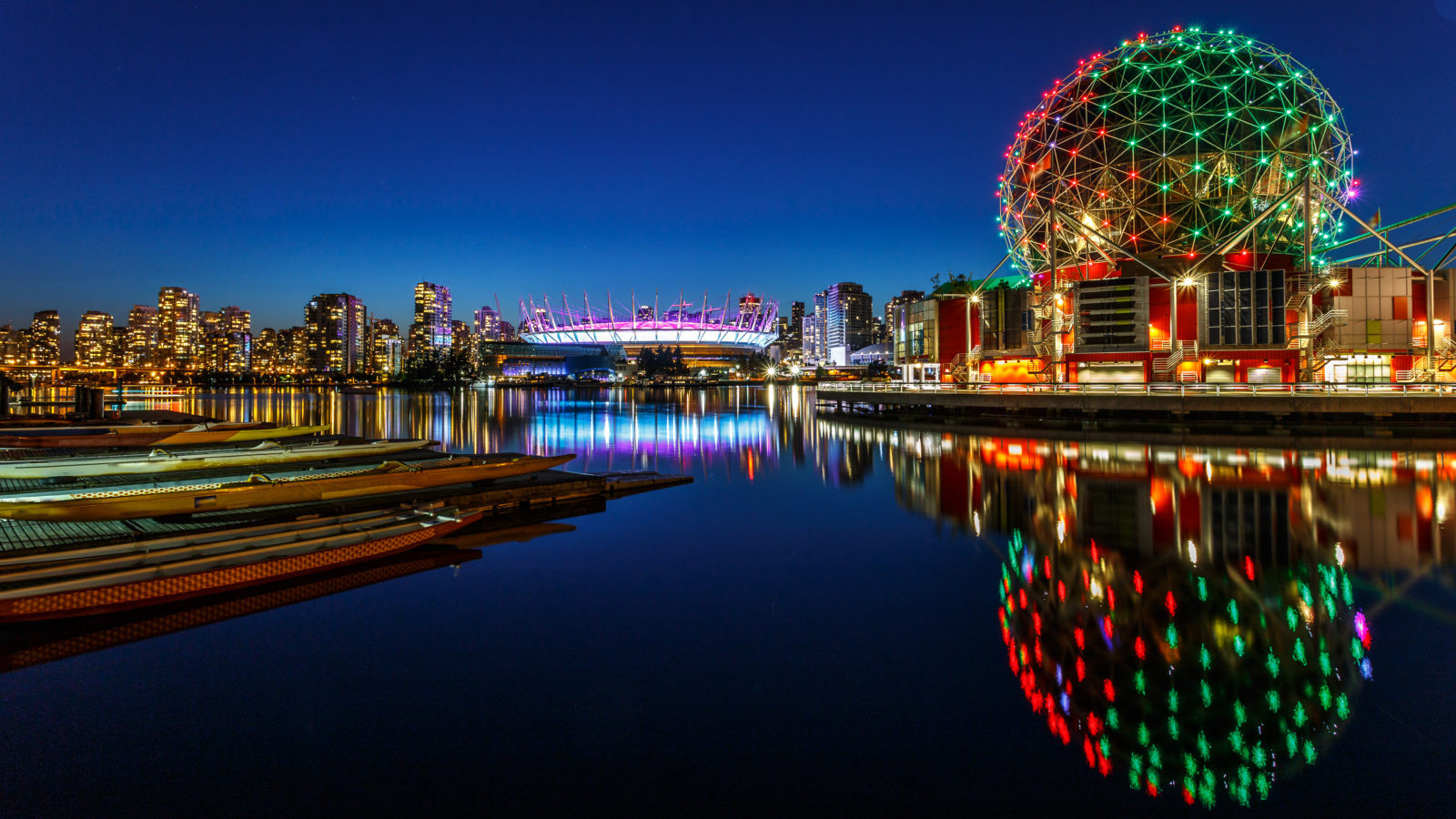Group Sets Priority List For Transit Work
Original Article A group of business, labor and environmental representatives organized by the Discovery Institute asked the Legislature yesterday to make replacement of the Alaskan Way Viaduct and seawall, and the state Route 520 bridge the state’s top priorities for state funds. To help pay for it, the Transportation Working Group urged lawmakers to pass a 10-cent increase in the Read More ›
